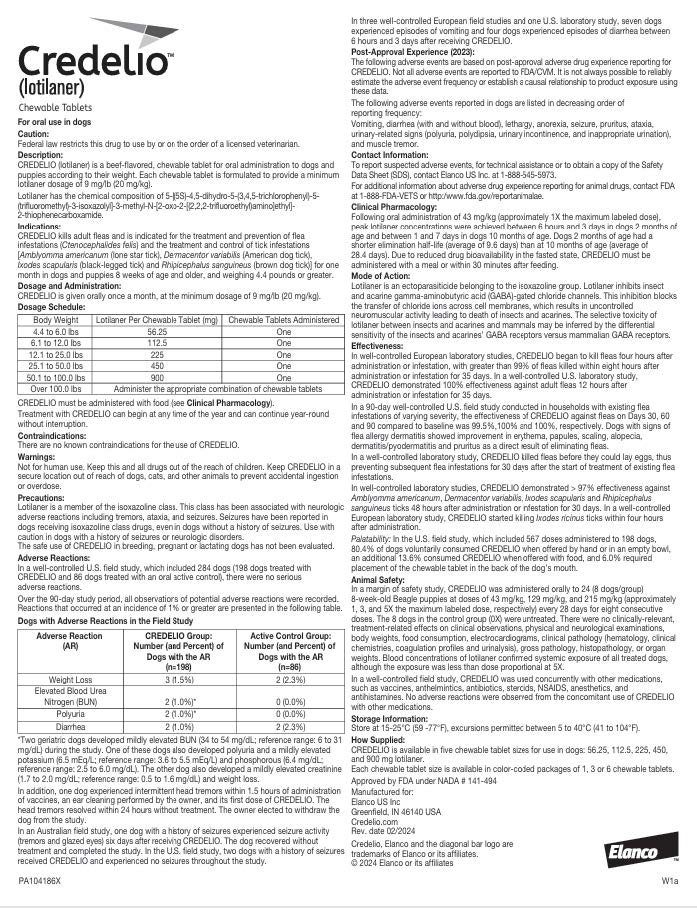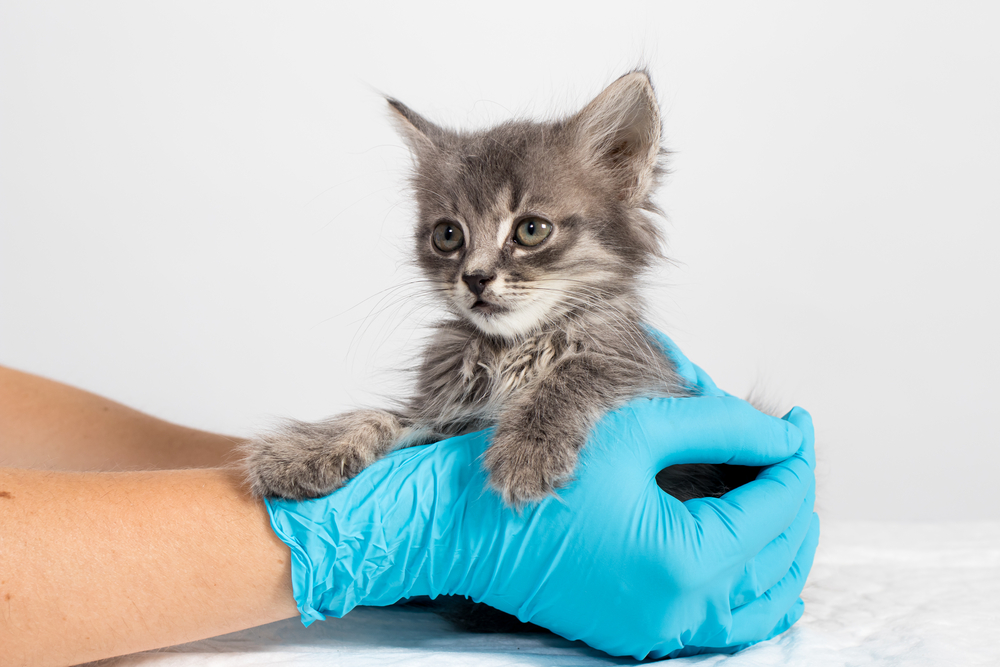
This is Part Three of a three-part series on effective parasite prevention and preserving the human-animal bond through the entire process.
Parasite infestations are more than a gross nuisance. In addition to increasing the risk of vector-borne diseases for pets and pet parents, the complications that come with fleas and ticks can potentially compromise the human-animal bond, significantly impacting the emotional wellbeing of both pets and owners.
Client education and empowerment can shine a much-needed light on this rising concern and ensure pet parents and their pets enjoy uninterrupted comfort, health, and companionship.
The emotional toll of parasite infestations
Flea and tick infestations can disrupt daily life and create significant fear and stress for pets and their owners. While health-related concerns such as vector-borne disease transmission, allergic reactions (such as flea allergy dermatitis), and pet discomfort are the priority, negative impacts on the pet and pet parent’s emotional wellbeing must also be considered and addressed. These include:
- Behavior changes — Affected pets may be more irritable and restless or seek isolation. Such uncharacteristic changes can be frightening for the pet and stressful for the owner, especially when the underlying cause goes undiagnosed.
- Altered routines — After an infestation is discovered, pet treatment and environmental eradication measures can disrupt the household routine.
- Physical distance between pet and owner — Owners may change how they interact with their pet, including new sleeping arrangements or avoiding close contact. This can create apprehension and uncertainty for pets and decrease the sense of comfort and security previously provided by the human-animal bond.
- Guilt and worry over the pet’s condition — Parasite infestations can cause pet parents to feel shame and guilt over their pet’s condition. Watching the pet struggle with discomfort or associated disease can lead to pronounced worry and fear, which can heighten the pet’s already stressful state.
Knowledge gap: Pet parents and parasiticide awareness
Despite the availability of numerous safe and effective parasiticide products, many pet parents remain unaware of how easy it is to protect their pets from flea and tick infestations and related diseases. To help pets and owners avoid unnecessary suffering, veterinary teams should address common knowledge gaps, such as:
- Risk — Pet parents may not understand that a clean home or indoor-only living arrangement doesn’t preclude their pet from parasitic infestation. They also may not realize that it takes only one flea or tick to cause suffering, illness, infestation, or zoonotic risk.
- Prevention—Pet parents may not know that year-round preventives don’t merely keep fleas and ticks away; they can also prevent harmful disease transmission from fleas and ticks.
- Product efficacy and safety — Pet parents may not understand the significant differences between over-the-counter, “all-natural,” and prescription-only products. Educating pet parents on the value, safety, and quality of research-backed and FDA-approved products, including how they work and proper administration techniques, can ensure greater protection, health, and peace of mind.
Client education and creating a Fear Free experience
Educating the pet parent can alleviate parasite-related fears by raising awareness about parasitic diseases and prevention. By building trust and confidence, pet parents can take a more proactive role in their pet’s care, knowing how to identify, address, and prevent fleas and ticks. The veterinary team can further empower pet parents and drive parasiticide compliance by promoting a Fear Free approach to parasite prevention. This includes:
- Determining product preferences — Matching the right preventive type to each patient and client can increase compliance by decreasing administration-related stress. For example, pets who are fearful about topical applications and associated handling and restraint may readily accept a chewable tablet.
- Understanding product administration and use — Talking clients through the process and letting them see the preventive and how it is administered can increase confidence and comfort when they handle the product themselves.
- Creating positive associations with parasite prevention tasks — Parasite-related pet care tasks such as medicating the pet, checking for fleas and ticks, and removing parasites from the skin or coat can trigger fear and anxiety and create barriers to compliance. Coach pet parents on how to pair these tasks with something the pet loves, such as a special treat, toy, or experience, through classical conditioning. Remind them that repetition and consistency are key to ensuring better cooperation and a positive, lifelong result.
Despite their tiny stature, fleas and ticks can have an enormous impact on the physical and emotional health of pets and owners, including the all-important human-animal bond. Comprehensive protection begins with effective client education and empowerment. This ensures that pet parents not only understand the need for appropriate preventive actions but know how to provide them in a way that strengthens their pet’s defenses as well as their shared love and trust.
PM-US-24-1348
This article was reviewed/edited by board-certified veterinary behaviorist Dr. Kenneth Martin and/or veterinary technician specialist in behavior Debbie Martin, LVT.
Continue learning through Part One & Part Two of this series.
Want to learn more about Fear Free? Sign up for our newsletter to stay in the loop on upcoming events, specials, courses, and more by clicking here.






 This post is brought to you by our sponsor, Elanco, the makers of
This post is brought to you by our sponsor, Elanco, the makers of